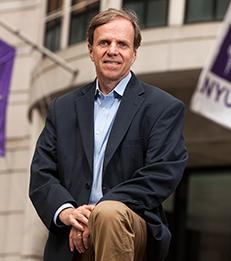Opinion
Making The Right To Vote A Reality For All
—

By Michael Posner
As we enter the final days of the 2020 U.S. election, tens of millions of Americans across the political spectrum already have voted early or by mail. Millions more will go to the polls on Election Day. At day’s end on November 3, more than 140 million people will have cast their ballots. Given the widespread and intense interest in the outcome, it is remotely possible that 60% of our voting-age public may participate, making this the first time since 1968 that the US has reached this seemingly modest threshold. It was not always this way, and the US continues to lag far behind our democratic allies.
From 1840 until 1900 voter participation in the U.S. was routinely in the 70%-to-80% range, and only once dropped below that level in 1852. Of course, the pool of eligible voters was dramatically smaller in those days, excluding millions of African Americans who were enslaved until the 1860s and all women, who did not win the franchise until 1920, when the 19th Amendment was adopted.
In the modern era, as recently as the 1950s and 1960s, voter turnout in the U.S. routinely exceeded 60%. But three times since 1988, barely 50% of eligible voters exercised this precious right. In 2016, despite significant efforts to get people to the polls, turnout was just over 55%.
Read the full Forbes article.
___
Michael Posner is a Professor of Business and Society and Director of the NYU Stern Center for Business and Human Rights.
From 1840 until 1900 voter participation in the U.S. was routinely in the 70%-to-80% range, and only once dropped below that level in 1852. Of course, the pool of eligible voters was dramatically smaller in those days, excluding millions of African Americans who were enslaved until the 1860s and all women, who did not win the franchise until 1920, when the 19th Amendment was adopted.
In the modern era, as recently as the 1950s and 1960s, voter turnout in the U.S. routinely exceeded 60%. But three times since 1988, barely 50% of eligible voters exercised this precious right. In 2016, despite significant efforts to get people to the polls, turnout was just over 55%.
Read the full Forbes article.
___
Michael Posner is a Professor of Business and Society and Director of the NYU Stern Center for Business and Human Rights.
